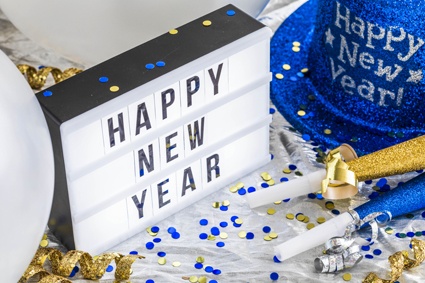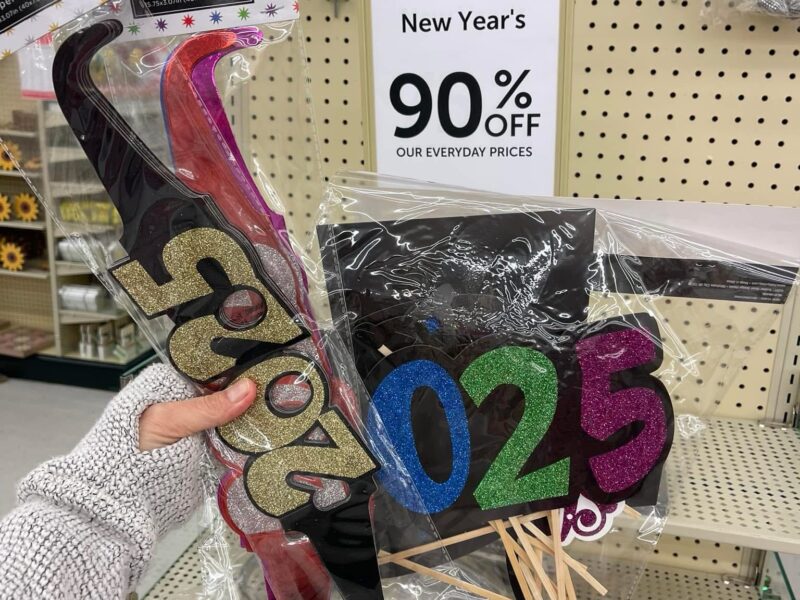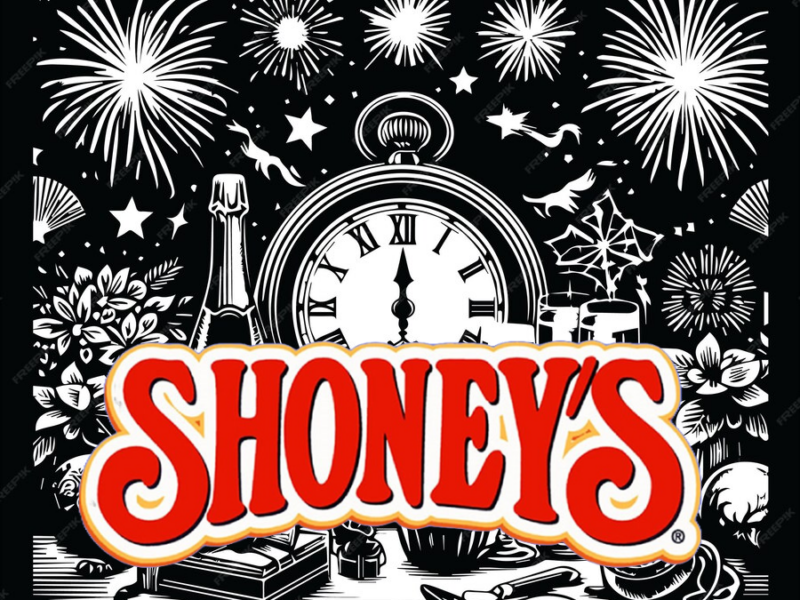The origins of New Years Eve traditions – Here is a closer look at some of the most popular traditions tied to New Year’s Eve, both domestically and around the world. #NewYears #NewYearsEve
The origins of New Years Eve traditions
Traditions are the glue that hold many celebrations together. Individuals and families embrace many customs that serve as the script for commemorating year-end holidays.

Some celebrants may adhere to traditions without really knowing how they began or why they continue. Here is a closer look at some of the most popular traditions tied to New Year’s Eve, both domestically and around the world.
Drinking champagne
The use of champagne for celebrations is rooted in the Christian ritual of consuming wine during the Eucharist. In the year 496, a wine from the Champagne region of France was offered during the baptism of the Frankish warrior Clovis, according to the Champagne Committee of France. It then became customary for champagne to be used at religious events like consecrations and at coronations or soirees. Eventually the tradition became associated with secular rituals, such as celebrating the new year.
Learn about reasons why Christians shouldn’t drink.
Food
People of Japanese heritage might eat soba noodles on New Year’s Eve. The Toshikoshi Soba, which means “year crossing buckwheat noodle,” denotes the crossing from one year to the next. Nibbling the noodles represent traveling from one year to the next as well as letting go of the previous year’s regrets.
In Spain, people gobble grapes to bring good luck in the coming year. The goal is to eat 12 green grapes during the 12 remaining seconds until the New Year. Those able to do so will have 12 months of good fortune.
In America, some people will eat black eyed peas, which they believe will bring them good luck in the coming year.
Dropping the ball
Revelers have long watched the giant ball drop in New York City’s Times Square in person and on television. This tradition may be rooted in the custom of sailors using “time balls” to set their own timepieces while at sea. These chronometers were employed by using a spyglass to scan the harbor looking for balls that were dropped into the water at certain times, PBS reports. The first ball was installed in 1829 in Portsmouth, England. The Times Square ball was first used in 1907, according to the Times Square Alliance.
Making resolutions
Historians trace the making of resolutions to the Ancient Babylonians. Citizens made spoken resolutions during their new year festival known as “Akitu.” This ritual required making an oath to the sitting or new king. Romans also swore oaths of loyalty to the emperor when the New Year started.
Check out these Christian Resolutions!
Fireworks and noisemakers
Fireworks are a big part of celebrations and are not to be outdone on New Year’s Eve. Fireworks were invented in the seventh century in China. According to Anthony Aveni, an astronomer and anthropologist at Colgate University, the fireworks were designed to ward off evil spirits. In cultures around the world, fireworks, banging drums and other efforts were used to chase away spooky creatures, especially during the transitional period that is the passing of the new year. Today fireworks and noisemakers are employed not for scaring away spirits, but rather to add to the revelry.
Baby New Year
Learn more about the Baby New Year!
New Year’s Eve traditions abound, and many of these annual customs have interesting origin stories.
See other Traditions from around the world!
Article compliments of MetroCreative. TF20C564
New Year Related Blog Posts

Be sure to check out these blog posts about the New Year.
- 10 Fun Facts about New Years
- 20 Lucky Foods from Around the World to Ring in the New Year
- A-Z of New Years
- Auld Lang Syne
- Baby New Year: The Origin
- Blessing Jar
- Calendar Changes God Doesn’t Change
- Calendar Changes God Never Does – Cheerful Hope Baptist Church Sign
- Changing Calendar Unchanging God Church Sign Arrowhead Church
- Christian New Year’s Resolutions
- Colors of New Year: Symbolism and Significance
- First-Footing
- Goodbye 2022
- Good Bye 2023 and Hello 2024
- Happy New Year | Feliz Año Nuevo | Bonne Année
- Happy Sew Year
- Hogmanay
- March 1 use to be the New Year
- New Year’s Fireworks
- New Year’s Traditions Around the World
- New Year’s ReSEWlutions
- Noisemakers
- Origins of New Years Eve Traditions, The
- Ringing in the New Year
- Sewing and New Years: A Perfect Combination for Creativity and Resolutions
- Times Square Ball Drop
- Times Square Ball is a Quilt
- Times Square Confetti This Year Will Be in the Form of Wishes for New Years
- Unique ways to celebrate New Year’s Eve during the pandemic
- When The New Year Begins Across The Globe
- Year of the Lord
About the Author
Discover more from Courageous Christian Father
Subscribe to get the latest posts sent to your email.


